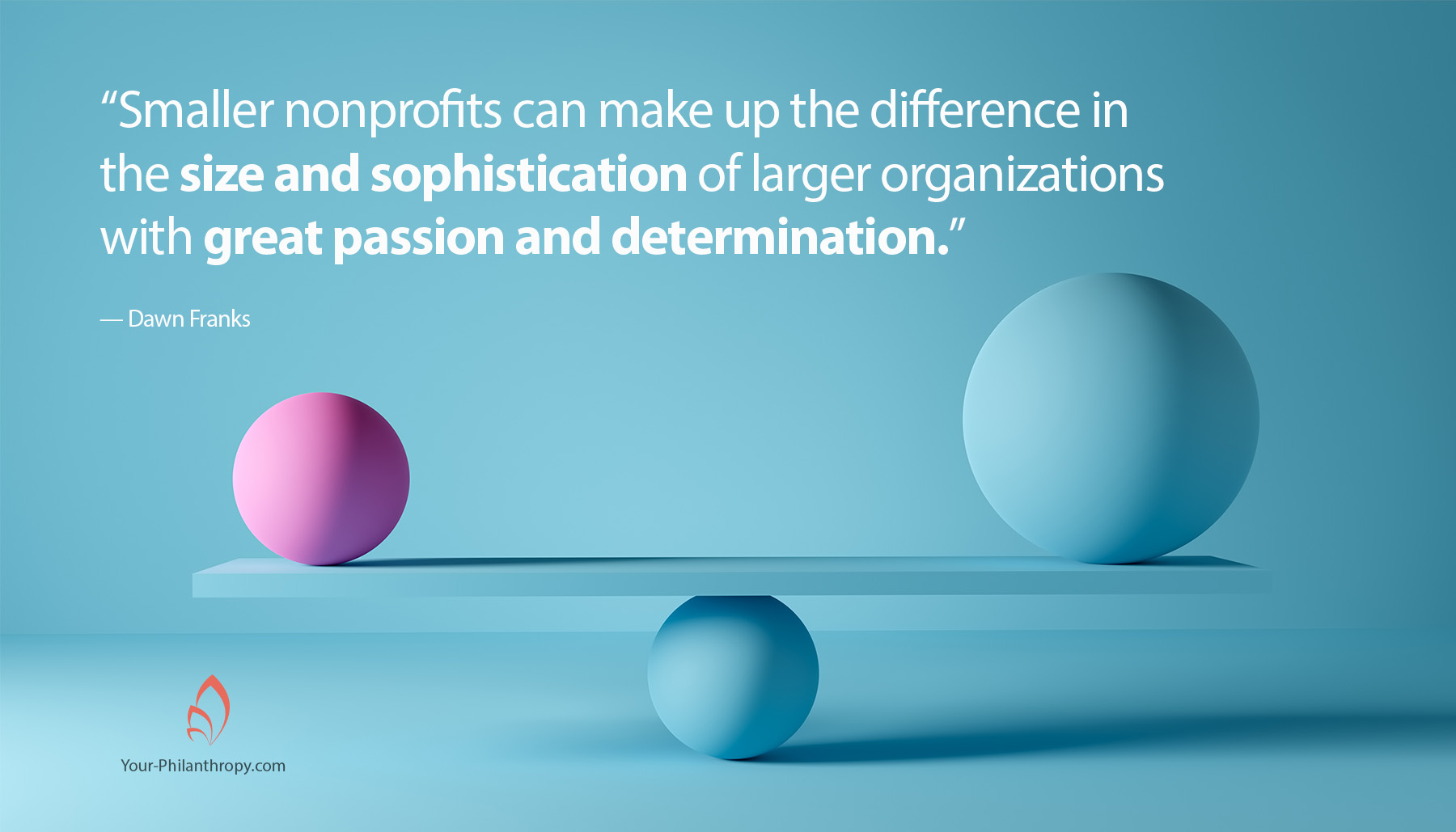Early this year, I set a goal to make at least one charitable gift every month. As I thought about the year, I realized it would be easy to give in April, thanks to East Texas Giving Day. So, I was not disappointed when I sat down to look through the list of organizations.
I waited to start my search until the end of my day, anticipating a quick run through the list. I had several organizations in mind and expected to point and click through a quick donation process, pat myself on the back and head to bed with a warm glow.
Thirty minutes later, I was scrolling, stopping, checking websites and deep in thought and decisions.
I figured out three pages or so into the list that I could check a box putting all the organizations together in one long list. One very long list.
The Warm Glow Dissolves into Heated Panic
Overwhelmed as I scrolled, I realized how many organizations were new to me. You might find this funny, thinking about how much I claim to know about philanthropy and the nonprofit community where I live.
But it didn’t feel funny that night as I realized I might have waited too late in the evening to start, and I might not be patting myself on the back. The anticipated warm glow was quickly dissolving into the heat of panic.
How Process Can Relieve Panic
I needed a process to sort out the many opportunities. Issues. Location. Match potential. Size.
Large or small. I landed on small organizations.
I realized that many on the list lack the time, budget, or staff capacity to fundraise. Most posted a small goal, but all things are relative, especially small.
For example, what’s the difference between a $5,000 goal for an organization with an annual budget of $75,000 and a goal of $50,000 with a $500,000 budget? In simple numbers, about three and a half percent.
In reality, there is a world of difference between the two organizations. Even if other things are equal, like leadership, an important issue and a vital mission, the difference is stark. The small organization will be lucky to have time to send a thank you letter. If any, they may have only a few staff, often relying on volunteers to do the work.
The larger organization more likely sends regular newsletters and heart-tugging donation request letters. They have staff capacity and volunteers. They are far more sophisticated.
Why Larger Isn’t Always Better
Is the larger and more sophisticated organization better? Are the leaders more passionate about the cause? Is your donation more effective, more bang for your buck? Maybe.
Maybe not. The father of tragedy, the Greek playwright Aeschylus, penned the words, “From a small seed a mighty trunk may grow,” during the fourth century BC. So small was well understood, even at a time when humans were just beginning to write.
I can attest to small seeds growing into a mighty trunk because I lived that experience as the East Texas Crisis Center co-founder. I always refer to myself as the co-founder because I could not have started that organization alone. And I’m proud that it continues to grow and serve victims of family violence and sexual assault long after I left.
The East Texas Crisis Center is sophisticated with state grants and significant fundraisers. They need your support to continue serving because as the population grows in our region, so will the challenges.
But just as important are organizations like Gold Network of East Texas, NAMI Tyler, Texas Ramp Project, or Sight.Org. These smaller nonprofits can make up the difference in the size and sophistication of larger organizations with great passion and determination.
As a point of interest notice that Aeschylus’s quote uses the word may.
Some organizations will stay small, and others will grow, adding more services, volunteers, and staff to meet a growing need. To survive, both request and require our attention and support.
My list of donations on East Texas Giving Day included small and large. And I did finally get to bed with a warm glow, mainly because I included smaller organizations on my list.
Finding Small Organizations in your Community
How can you find small organizations in your community?
- Start with the organizations you know.
- Add the “I never heard of them” organizations from different sources like the news, Facebook, friends, and family, etc.
- See if they have a website or a Facebook page for more information
- If you can’t find much information, make a phone call and ask a few questions.
- Look for leadership, a mission that matters to you and passion.
- Check for Giving Day in your community or Giving Tuesday which is November 29.
There’s no best way to decide, only what’s best for you. I’d love to hear about your philanthropy style. How do you decide between the small and larger organization?
Like it. Use it. Share it. Comment below.


0 Comments